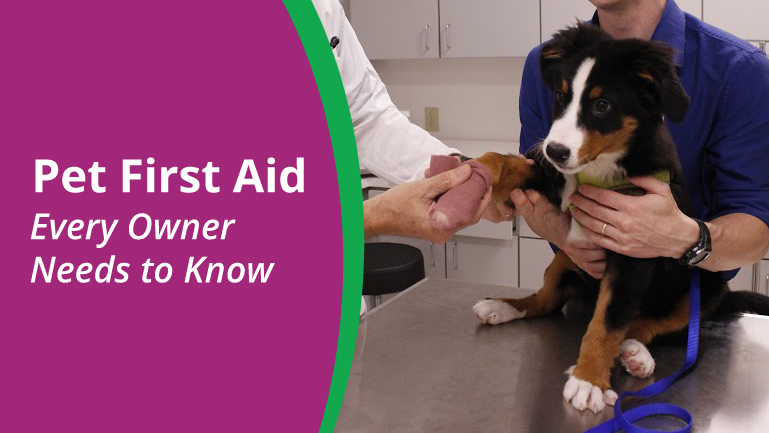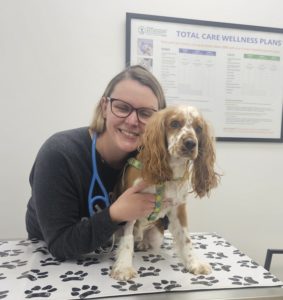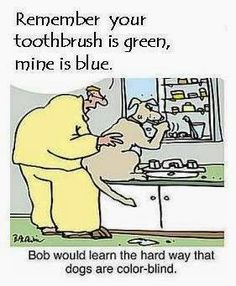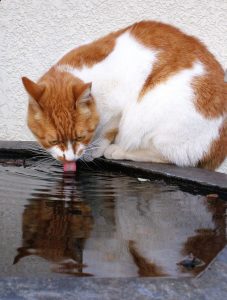Pet First Aid Every Owner Needs to Know
Your veterinarian should always be your primary source for any issues related to your pet’s health and well-being. However, there will be times during your pet parenthood where you may have to step in to save your pet’s life. Here, you will find some basic first-aid procedures that every pet parent should know.
General Tips
Signs that indicate your pet needs emergency care include pale gums, rapid breathing, excessive panting, weakness, difficulty standing or walking, seizures, or excessive bleeding 1.
If your pet is injured or sick, then chances are they are frightened and confused. As their caretaker, it is important that you exercise caution to avoid being bitten or scratched. Often, it is our first instinct to want to comfort our pets. However, even the gentlest animal can be completely unpredictable when it is injured and afraid. Keep your face away from your pet’s mouth and do not attempt to hug your pet. Instead, approach your pet calmly and repeat their name several times to assure them that everything is okay 2.
Slowly and carefully examine your animal, trying to identify what is wrong. If you can figure out the problem, call your veterinarian ahead of time so that they will be ready for you when you arrive, and then carefully transport your pet to the clinic. It may be necessary to muzzle your pet to reduce the chance of being bitten. If so, you can use towels, gauze rolls, or long socks to muzzle your dog, while cats can be wrapped in a towel. NEVER muzzle your pet if it is vomiting, or having any sort of difficulty breathing 1.
Having an emergency protocol with your veterinarian will help if your pet suffers an accident outside of normal office hours 3. Ask your vet if they provide 24-hour emergency care, or if they have any suggestions for people or services you can call when they are not available 1.
First Aid Supplies
Stocking your home with first aid supplies for your pet is as easy as it is necessary. Have your pet’s medical paperwork and the contact information for your veterinarian nearby in case you need to schedule an emergency visit 4. Other basic first aid supplies include: gauze pads and rolls, adhesive tape, antiseptic wipes, a blanket, hydrogen peroxide (to induce vomiting if instructed by your vet), non-latex gloves, a digital rectal thermometer and petroleum jelly (to lubricate the thermometer), and a muzzle and leash 5. If your pet has other specific health concerns, your vet will be able to provide insight on what other supplies may be beneficial to keep on hand 4.
If Your Pet Is Injured
In the case of most injuries, muzzling your pet is the appropriate first step (as long as they are not vomiting or having breathing difficulty). If your pet is bleeding externally, then press a clean gauze pad over the wound and apply firm, continuous pressure until the blood clots. This process will likely take several minutes, so wait a minimum of three minutes before checking to see if the blood has clotted 3. If you believe that your pet has internal bleeding, signs to look for include bleeding from the nose, mouth, or rectum, coughing up blood, blood in their urine, or a rapid heart rate. In these situations, keep the animal warm and calm and immediately transport them to a veterinarian.
If your pet has fractured a bone, then muzzle your pet, gently lay them on a flat surface, and prepare to transport them to the vet. Do not attempt to set the fracture with a homemade splint as it could do more harm than good. When in doubt, it is best to leave it to a veterinarian. During transportation, it is imperative to keep your pet as still as possible. Transporting them in a small carrier or wrapping them in a blanket will limit their movements and prevent them from further agitating the fracture.
If Your Pet Has Encountered Poisons/Toxins
While clinical signs can vary, lethargy, discomfort, vomiting, diarrhea, drooling, and nausea could indicate that your pet has ingested some sort of poison or toxin. More severe signs include tremors, twitching, seizures, and even coma 3. If you know or suspect that your pet has accidentally ingested something poisonous, then immediately remove them from the source of poison and contact your veterinarian or the Pet Poison Hotline (1-855- 764-7661). The more information you can share with your vet about the ingested substance, the better. If possible, try to bring in the container of the substance that was ingested so that your vet can determine what exactly must be done. Only induce vomiting if your vet specifically tells you to do so—depending on the type of toxin, vomiting may worsen the situation 6.
If Your Pet Is Not Breathing/Heart Not Beating
To check to see if your pet is breathing, hold the back of your hand to their nose to feel for air. You can also check for breathing by watching for the rise and fall of their chest 3. Always check for blockages in your pet’s airway by pulling their tongue as far forward as possible and removing any objects and liquids that may be preventing airflow. CPR, or cardiopulmonary resuscitation, is physically strenuous on your pet and may result in injuries such as broken ribs or pneumothorax (collapsed lung), so it is best to avoid performing it if at all possible. If you do have questions about CPR, please contact your veterinarian.
Take Away Points
- Your pet will likely be afraid and unpredictable when they are injured—be careful to avoid being scratched or bitten.
- When transporting your pet, keep them still, confined, and calm.
- If your pet is injured, try to stop the bleeding and then take them to the veterinarian.
- If your pet has ingested something poisonous, call your vet or the Pet Poison Helpline to receive instruction on how to proceed.
- Only perform CPR on your pet if it is absolutely necessary. Often times, it would be better to transport your pet immediately to your veterinarian rather than try to perform CPR.
Sites Referenced
- “Emergency Care for Your Pet.” ASPCA. N.p., n.d. Web. 09 May 2017.
- “Basic Tips for Handling an Injured Pet.” AVMA. N.p., n.d. Web. 09 May 2017.
- “Pet First Aid – Basic Procedures.” AVMA. N.p., n.d. Web. 09 May 2017.
- “What You Should Have in Your Pet’s First-Aid Kit.” The Humane Society of the United States. N.p., n.d. Web. 09 May 2017.
- “Pet First Aid Supplies Checklist.” AVMA. N.p., n.d. Web. 09 May 2017.
- “Poisons (Swallowed).” PetMD. N.p., n.d. Web. 09 May 2017.







